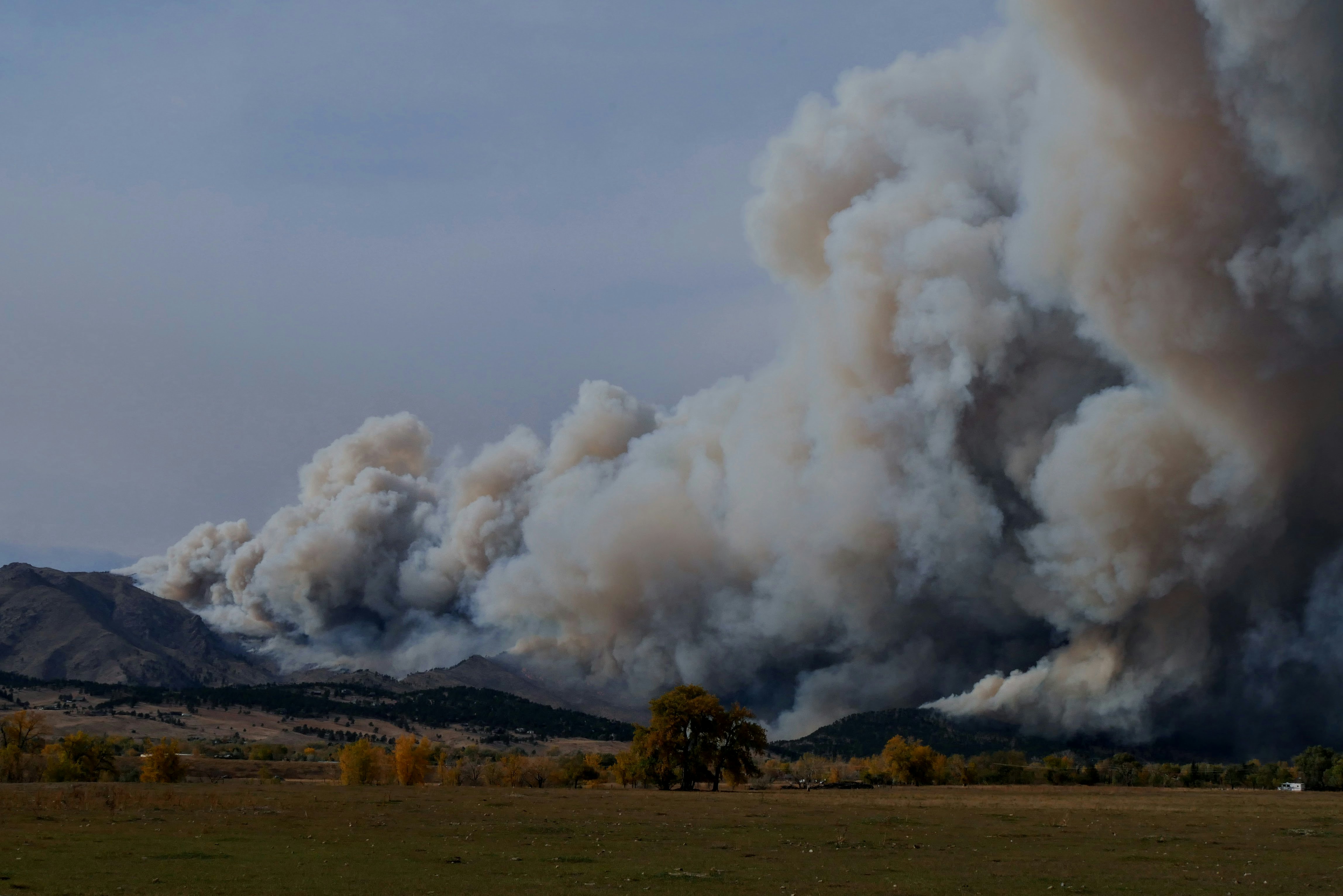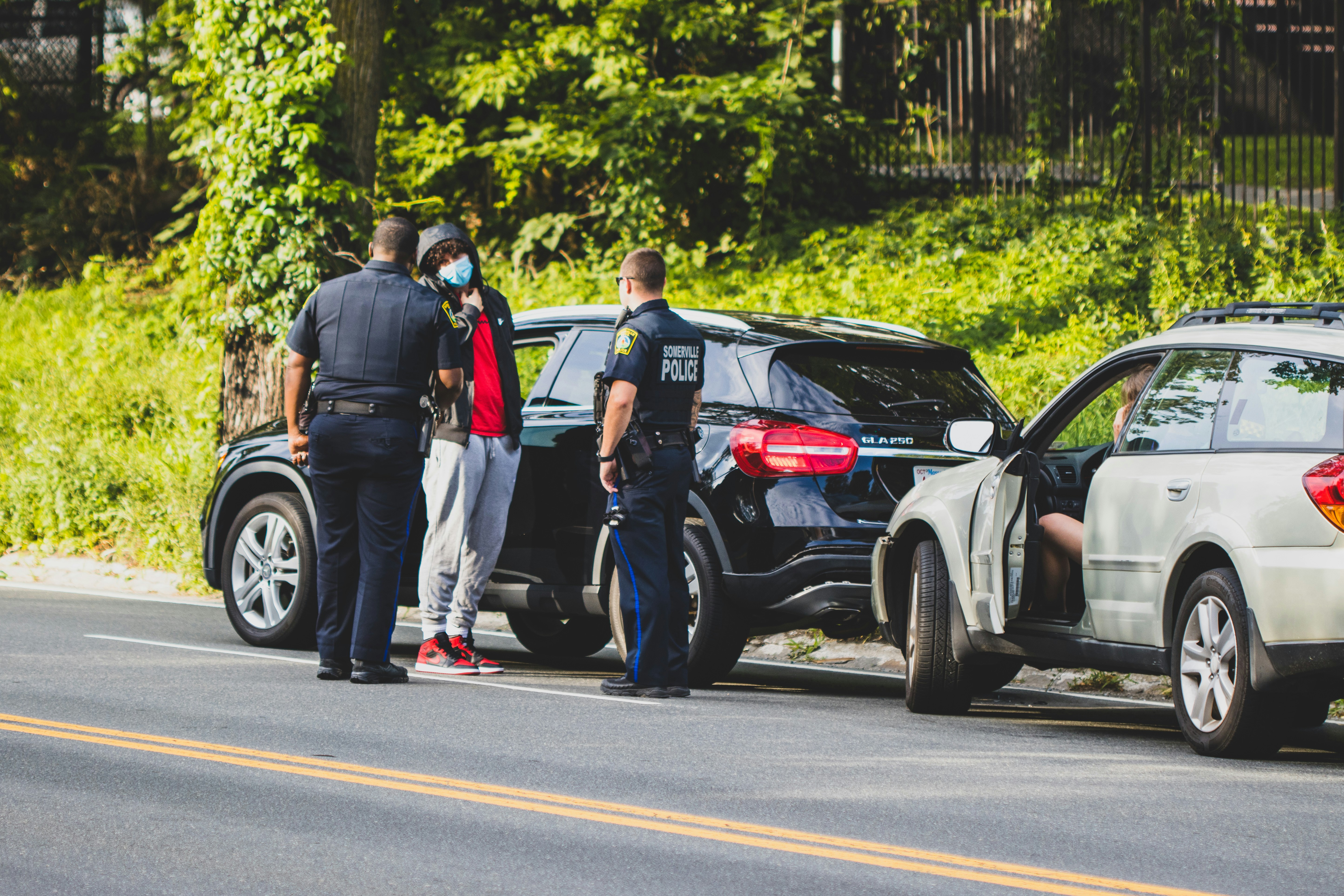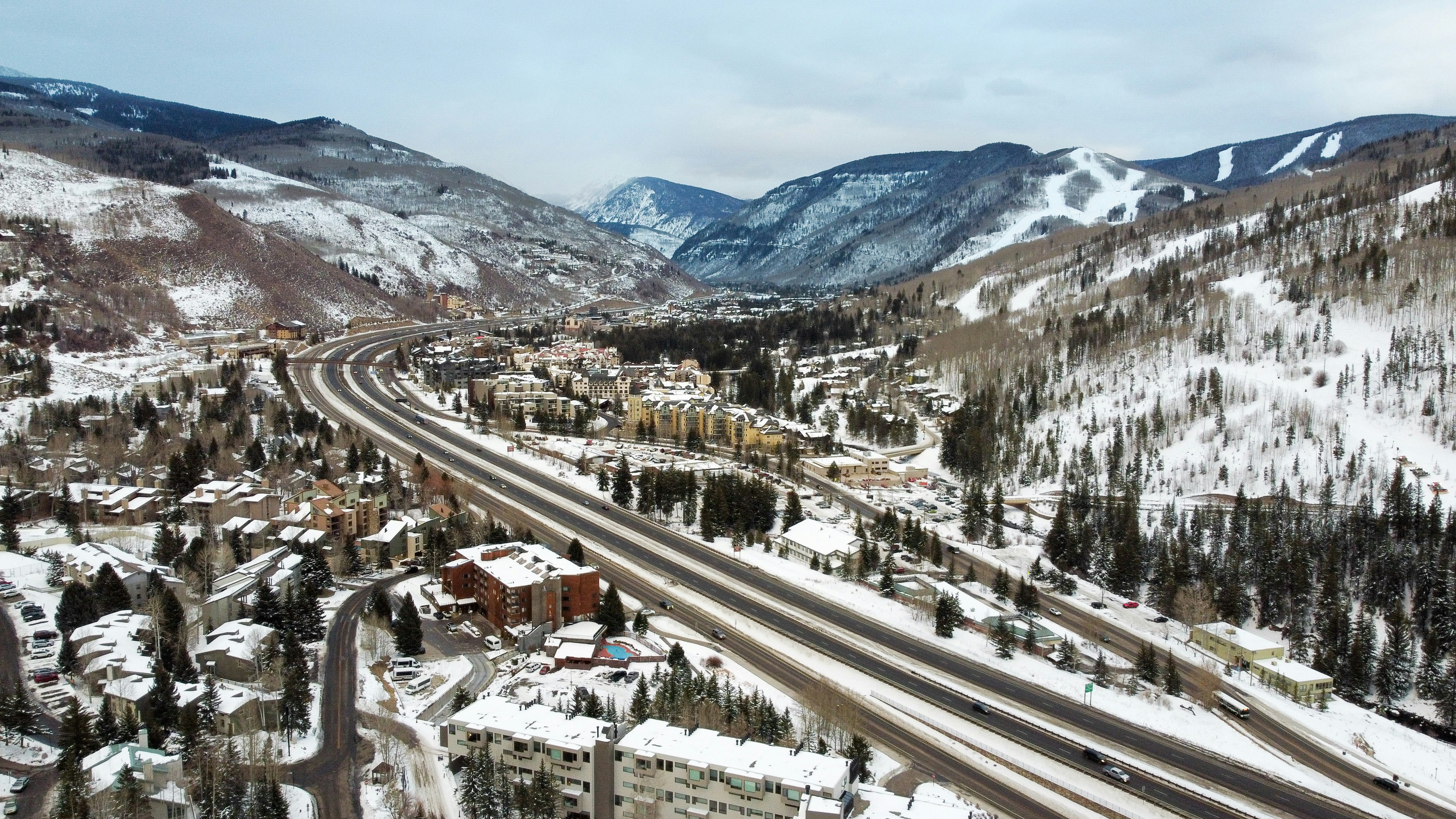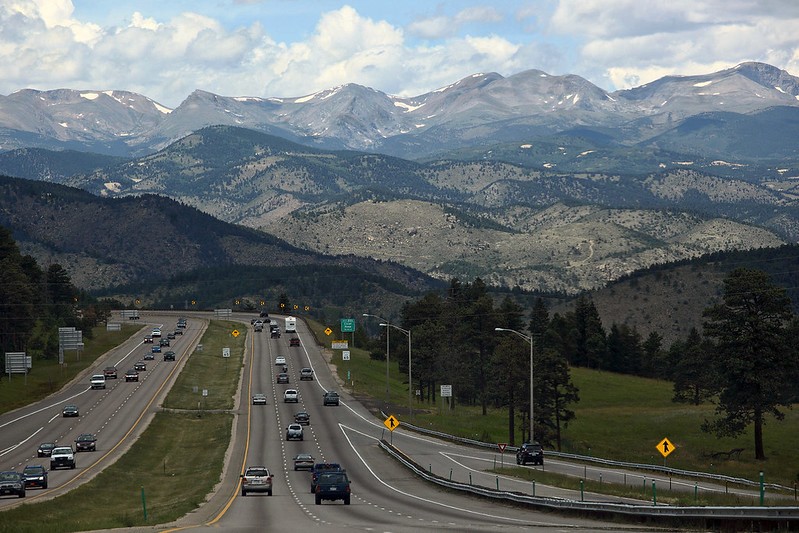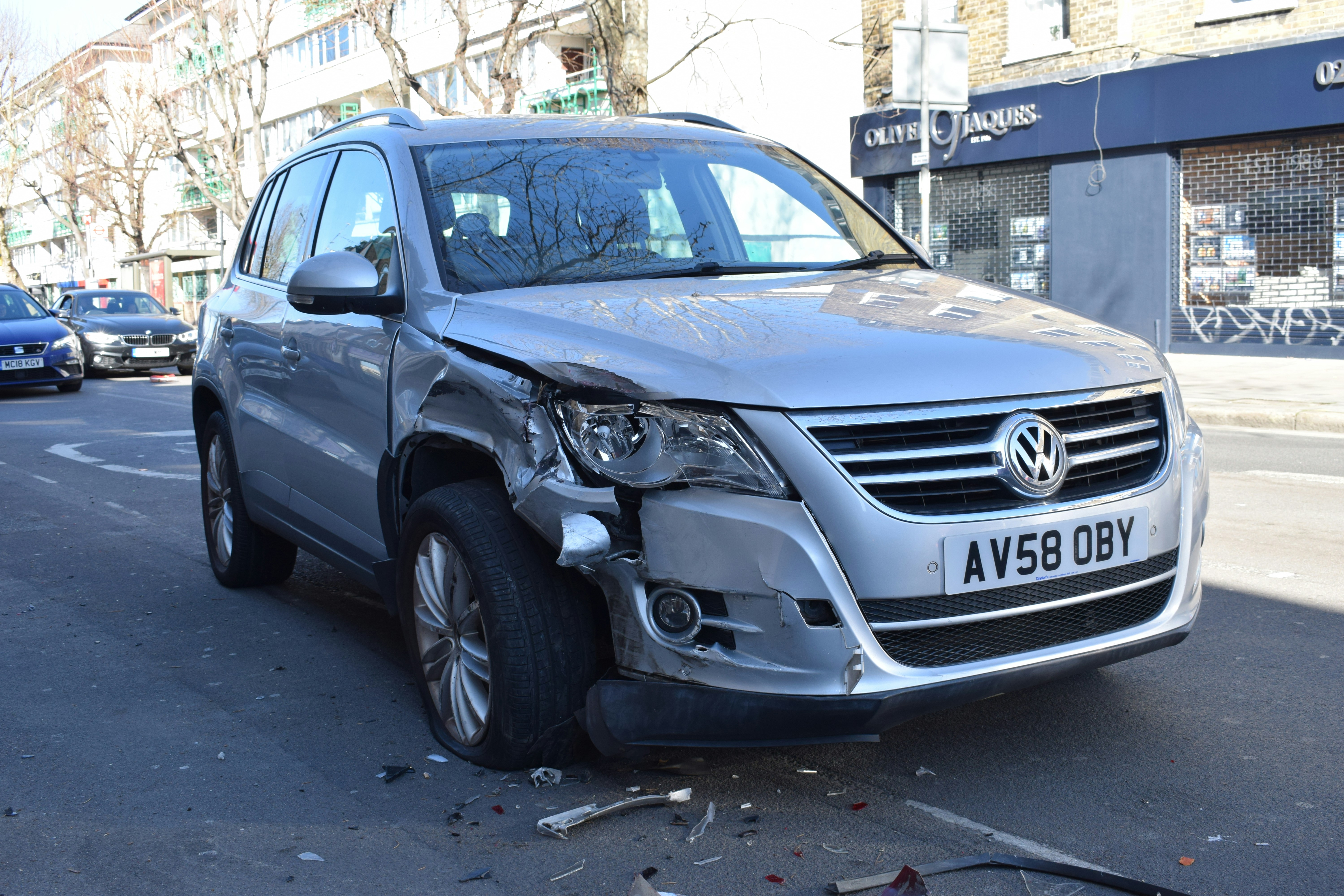Navigating Burn Injury Claims with Legal Help
Post date :
February 8, 2024

Founder, Western Slope Law
If you’re trying to figure out what to do after suffering a burn injury, you’re not alone. Every year, thousands of people in the United States are treated for burns, ranging from mild household accidents to severe, life-altering traumas. According to the American Burn Association, more than 550,000 people receive treatment for burn injuries each year in the U.S.
What many burn survivors don’t realize is that the recovery journey often extends beyond physical healing. About 30–45% of burn patients experience significant psychological symptoms, including depression, anxiety, and post-traumatic stress disorder, according to research from the National Center for Injury Prevention and Control. Burns can happen suddenly, leaving physical and emotional scars that take time to heal.
Common Causes of Burn Injuries
When people think about burn injuries, they often picture fires in the home or workplace. While open flames and house fires are still major culprits, everyday activities can sometimes be just as risky. Whether it’s an accidental spill of hot coffee or a small kitchen mishap that gets out of hand, burns can occur in all sorts of daily scenarios.
Thermal burns caused by contact with flames, hot liquids, steam, or heated objects make up around 86% of all burn injuries treated in emergency departments across the U.S. A study from the American Journal of Emergency Medicine found that scalding from hot liquids alone accounts for nearly 35% of all burn injuries, with kitchen accidents being especially common.
Chemical burns represent about 9% of burn injuries, according to the Centers for Disease Control and Prevention. These occur when skin comes into contact with strong acids, alkalis, or other caustic substances found in household cleaning products, pool chemicals, or personal care items. Chemical burns can cause ongoing damage until the substance is fully removed, which sometimes requires specialized medical procedures.
Electrical burns, while less common at around 4% of all burn cases, can be particularly severe. The Electrical Safety Foundation International reports roughly 30,000 non-fatal electrical shock accidents annually in the U.S. Electrical burns may harm tissues, nerves, and even internal organs without obvious surface damage, meaning victims sometimes underestimate their severity.
Which Insurance Covers a Burn Injury?
If you’re dealing with a burn injury, figuring out which insurance will help pay for your recovery can feel overwhelming. It’s always a good idea to double-check your plan, because deductibles and copays can add up fast.
Health Insurance
Health insurance typically covers emergency care, hospital stays, surgeries, rehabilitation, and ongoing treatment for burn injuries. According to the American Burn Association, the average hospital stay for burn treatment is roughly eight days, costing between $3,000 and $5,000 per day. Specialized procedures or reconstructive surgeries can push the costs even higher. Although many health plans shoulder a chunk of these expenses, deductibles and coinsurance can still be a significant financial strain, especially for extensive burns requiring long-term treatment.
Homeowners or Renters Insurance
Homeowners or renters insurance often applies when burns happen in your home or on your property. The Insurance Information Institute notes that standard homeowners policies generally include medical payments coverage (often $1,000 to $5,000) and liability protection (commonly beginning at $100,000) if a visitor is injured on your property. This coverage can also extend to burns caused by faulty products, through the policy’s personal liability portion. However, it may not cover every medical cost, so it’s best to confirm what your particular plan includes.
Auto Insurance
Auto insurance becomes relevant when burns result from vehicle accidents or car fires. Since Colorado operates under a fault-based system, the at-fault driver’s liability insurance should cover your medical expenses, lost wages, and pain and suffering. The Colorado Division of Insurance requires all drivers to carry minimum liability coverage of $25,000 per person and $50,000 per accident, but these limits are often insufficient for severe burn injuries. If the at-fault driver is uninsured, or does not carry sufficient liability insurance, any uninsured/underinsured motorist coverage under your own auto policy may apply.
What Kind of Compensation Are You Entitled to After a Burn Injury?
After a serious burn, it’s normal to wonder how you’ll handle mounting medical bills and other unforeseen costs. In many personal injury cases, you can pursue compensation for both financial and non-financial harms. Medical expenses typically top the list: everything from the initial ER visit and skin grafts to reconstructive surgeries, follow-up appointments, and prescriptions.
Lost Wages and Missed Time at Work
If your burns make it hard for you to do your job you might be eligible for compensation covering wages you’ve already lost and future income you’ll miss. Even less strenuous jobs can be challenging to return to if you’re dealing with long-term pain or frequent therapy sessions.
Pain and Suffering
Colorado law often allows for “pain and suffering” damages to address the emotional toll of a serious burn. You might experience anxiety about scarring, distress over appearance changes, or trauma from reliving the injury. Although placing a dollar figure on emotional well-being is difficult, these damages acknowledge that a burn’s effects can reach far beyond medical bills.
Punitive Damages
Some cases may involve punitive damages if the at-fault party’s behavior was reckless or intentionally dangerous. Though these aren’t awarded all the time, they’re intended to discourage people from letting similar dangerous situations happen again. Because every burn injury case is unique, talking with an attorney familiar with state-specific laws can help determine whether punitive damages could apply.
How Much Is a Burn Injury Worth?
Understanding the potential value of your case can guide your choices about settlement offers and legal representation. Settlements and verdicts for burn injuries span a broad range—anywhere from thousands to millions of dollars—depending on the severity, location, and lasting impact of the burn.
First-degree burns: Typically settle in the $5,000 to $25,000 range, generally covering medical bills and short-term pain.
Second-degree burns: Usually yield settlements between $25,000 and $200,000, but outcomes vary with the extent of treatment and how much work or routine activity you miss.
Third-degree burns: Often start around $150,000 and can surpass $1 million, since these injuries destroy all layers of skin and frequently require debridement, grafts, or reconstructive surgery.
Fourth-degree burns: May extend to muscle, tendons, and bone, bringing settlements that can range from $1 million to $10 million or more if permanent disability results.
Hiring a Lawyer for Your Burn Injury Case
The stress of dealing with a severe burn can be overwhelming—physically, emotionally, and financially. An experienced burn injury lawyer helps you navigate insurance hassles, locate expert witnesses, file claims properly, and maximize your settlement so that you can focus on healing.
The attorneys at Western Slope Law handle communication with insurance companies and manage legal paperwork, preventing insurers from using common tactics to undercut your compensation. Burn injury claimants who hire attorneys typically receive settlements about 3.5 times higher than those who go it alone. At Western Slope Law, we investigate every angle of your claim, from pinpointing liability to pursuing all potential sources of compensation. This thorough approach helps ensure you won’t have to shoulder the high costs of treatment on your own.








